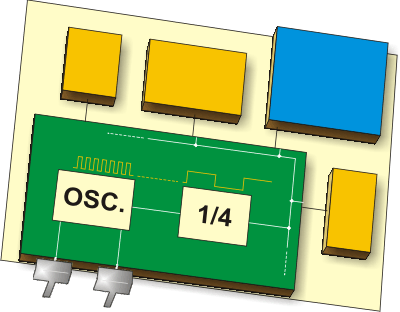Follow along with the video below to see how to install our site as a web app on your home screen.
Note: This feature may not be available in some browsers.

No. As has already been stated, the small PICs divide the crystal frequency by 4 and that is the instruction cycle clock. On each of the four phases generated by the division, specific events are happening within the processor. If you do a simple test you will easily be able to confirm this - run a PIC with a clock of your choice and toggle an I/O line and look at it on an oscilloscope.Am I right?